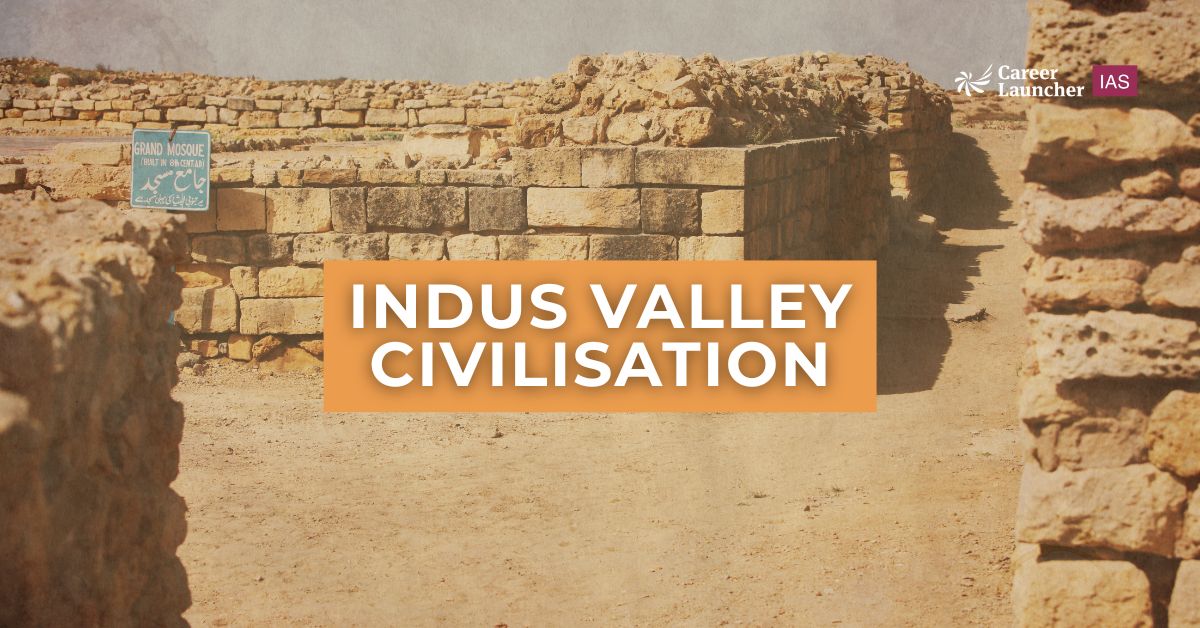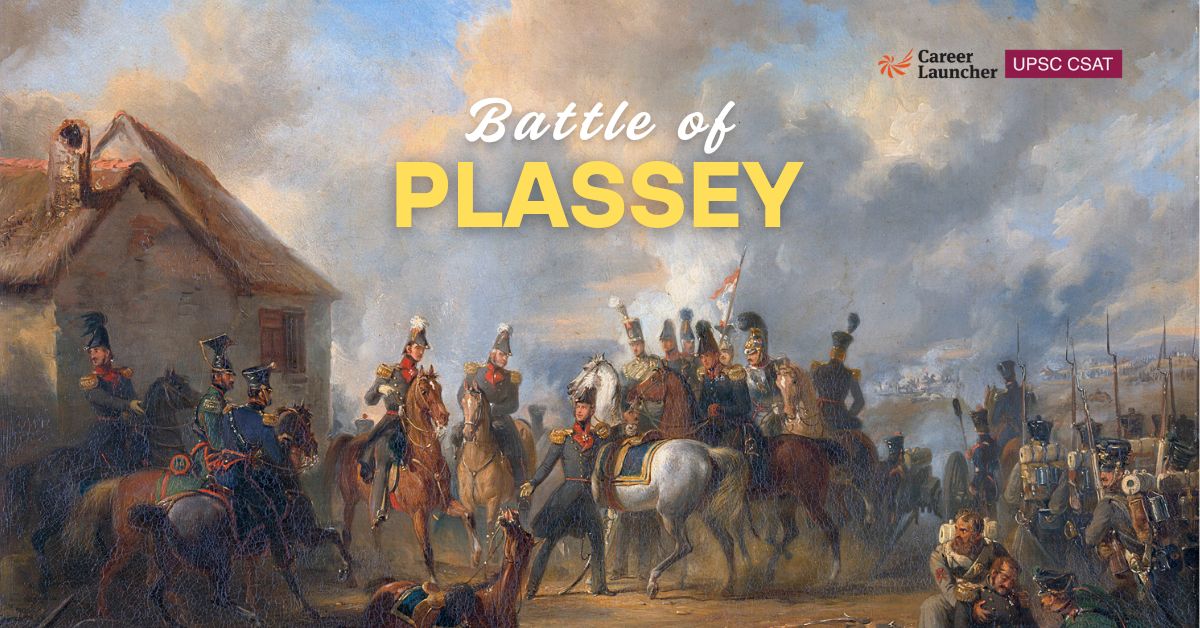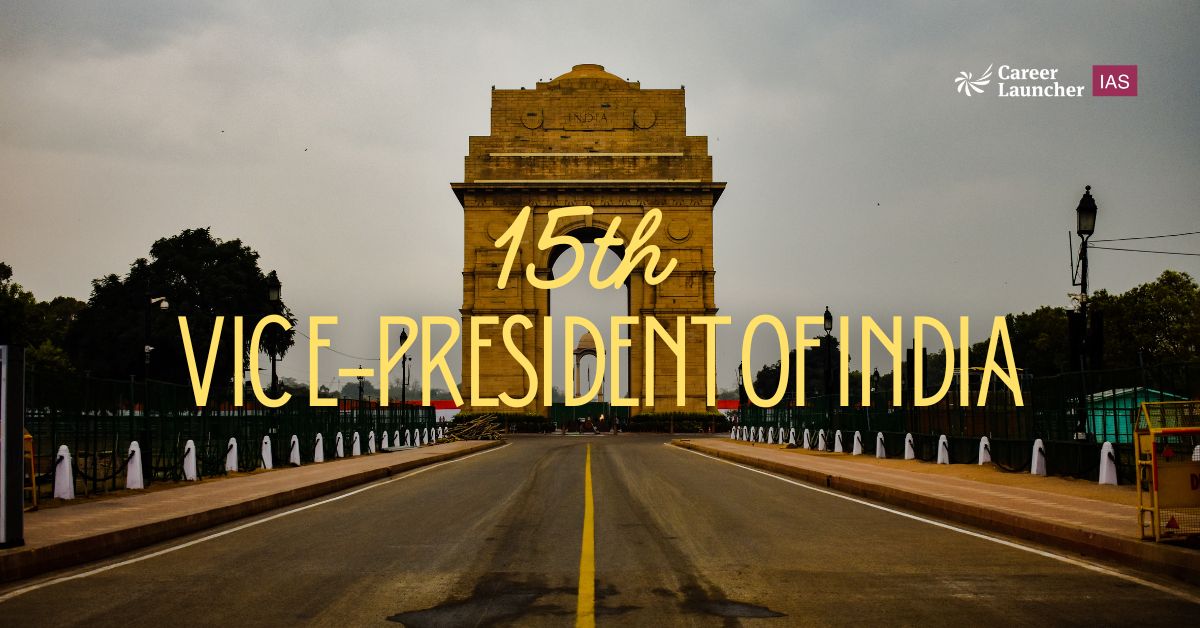The Indus Valley Civilisation, also known as the Harappan Civilisation, marks the beginning of India’s history. The civilisation is dated between c. 2600 and 1900 BCE. It flourished in the western part of Asia, which comes under present-day Pakistan and Western India. Read on to learn important points regarding the Indus Valley Civilisation for the Civil Services Examination.
Table of Contents
Indus Valley Civilisation- Overview
- Indus Valley Civilisation is also known as the Harappan Civilisation because Harappa was the first site to be excavated in 1921 under the supervision of Daya Ram Sahni.
- The known extent of IVC is up to Suktagendor in Baluchistan in the west; Alamgirpur (UP) in the east; Daimabad (Maharashtra) in the South; and Manda (Jammu & Kashmir) in the north.
- The Indus Valley Civilisation was the largest among the four ancient civilisations of Egypt, Mesopotamia, China, and India.
- While IVC is on the banks of the Indus, Egyptian Civilisation flourished on the banks of the River Nile, Mesopotamian Civilisation flourished on the banks of the Tigris or Euphrates River, and Chinese Civilisation flourished on the banks of the Hwang Ho River.
- Since it belongs to the Bronze/Chalcolithic Age, it is also known as the Bronze Age Civilisation.
- In the 1920s, excavations were carried out in the Indus Valley regions, where ruins of the old cities were found. The first city to be unearthed was Harappa, giving it its name.
- In 1924, John Marshall, the then Director-General of the Department of Archaeology, announced the discovery of the Indus Valley Civilisation.
Related Article – UPSC Exam Calendar 2026
Phases of the Indus Valley Civilisation
The phases of the Indus Valley Civilisation are:
- The early Harappan phase was from 3300 BC to 2600 BC.
- The mature Harappan phase was from 2600 BC to 1900 BC.
- The late Harappan phase was from 1900 BC to 1300 BC.
- The signs of a gradual decline of the Indus River Valley Civilisation are believed to have started around 1800 BC and by 1700 BC, most of the cities were abandoned.
Important Sites of the Indus Valley Civilisation
| Site | Location | River Bank |
| Harappa | Montegomari, Punjab (Pakistan) | Ravi |
| Mohenjodaro | Larkana, Sindh (Pakistan) | Indus |
| Suktagendor | Baluchistan (Pakistan) | Dashta |
| Chanhudaro | Sindh (Pakistan) | Indus |
| Rangpur | Ahmedabad (India) | Meedar |
| Kalibangan | Ganganagar (Rajasthan) | Ghaggar |
| Lothal | Ahmedabad | Sabarmati & Bhogva |
| Banawali | Hissar (Haryana) | Saraswati |
| Amri | Sindh and Baluchistan | Indus |
| Dholavira | Gujarat | Luni |
Indus Valley Civilisation – Features
There were many features of the Indus Valley Civilisation that show how advanced it was for its time. These features reflect how well-planned the society was.
|
Indus Valley Civilisation Features |
|
| Urbanization & Town Planning |
|
| Agriculture & Economy |
|
| Religion of Harappans |
|
| Script of Harappans |
|
| Administration |
|
Suggested Readings:
Famous Personalities Nicknames
Frequently Asked Questions
What is the Indus Valley Civilisation?
The Indus Valley Civilisation, also known as the Harappan Civilisation, marks the beginning of the history of India.
Are the Indus Valley Civilisation and Harappan Civilisation the same?
Yes, the Indus Valley Civilisation is the same as the Harappan Civilisation. Harappa was the first site to be discovered in the Indus Valley Civilisation; hence, the entire civilisation is referred to as the Harappan Civilisation.
What was the script used in the Indus Valley Civilisation?
The Indus Valley Script was distinct and mostly pictographic. However, it has not been deciphered till now.













